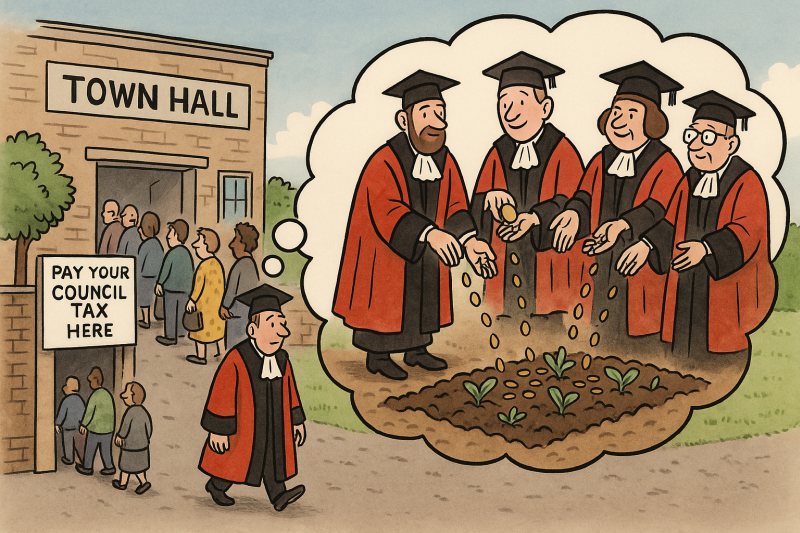Surrey University boldy go to the next galaxy
A collaboration of more than 30 international institutions, including the University of Surrey, has observed vast differences in the dynamic ecosystem of smaller satellite galaxies orbiting our neighbour galaxy, Andromeda. Surveyed using images from over 1,000 Hubble Space Telescope orbits, the findings have given scientists new insights into the evolution of galactic systems.
The study, published in The Astrophysical Journal, found that Andromeda’s satellite system is notably different from our own Milky Way, 2.5 million lightyears apart. While both galaxies are surrounded by a flotilla of smaller dwarf galaxies, Andromeda likely hosts three times as many – offering a rare glimpse into their unique history and formation.
Dr Michelle Collins, Associate Professor at the University of Surrey’s School of Mathematics and Physics and co-author of the study, said:
“What we’ve discovered is that these tiny systems have evolved quite differently from those around the Milky Way. Whether this divergence stems from a massive merger – a slow, gradual collision in Andromeda a few billion years ago – or whether it reflects the natural diversity of the smallest galaxies remains a mystery we’re working to unravel.”
One of the study’s key themes is how Andromeda’s dwarf galaxies have formed and sustained stars in unexpected ways compared to those around the Milky Way. Researchers had long assumed low-mass galaxies would follow similar patterns, but the Andromeda system tells a different story. These satellite galaxies appear to have experienced a more complex evolutionary history, with some continuing to form stars far longer than anticipated.
Lead author of the study, Dr Alessandro Savino, from the University of California, Berkeley, said:
“Star formation really continued to much later times, which is not at all what you would expect for these dwarf galaxies. This doesn’t appear in computer simulations. No one knows what to make of that so far.”
To explore these differences more closely, researchers at the University of Surrey are working to understand the forces driving these unexpected evolutionary patterns. A follow-up study will investigate the mass profiles and dark matter distribution of Andromeda’s satellite galaxies, integrating data from this paper with new observational measurements.
Dr Collins, who will lead the research, said:
“We’ve established that there are clear differences, but what I’m really interested in now is why these differences exist. What factors have shaped Andromeda’s satellites in ways we don’t see in the Milky Way?”
Combining the latest Hubble data with ongoing studies at Surrey, the team plans to gain a deeper understanding of the mechanisms shaping galaxies across the universe. Additionally, Hubble is providing the first set of imaging that allows astronomers to measure the motions of Andromeda’s dwarf galaxies – offering a rare opportunity to track their movements and reconstruct their past interactions.
To find out more, visit the Space Telescope Science Institute’s news page.
Image credit: NASA, ESA, Alessandro Savino (UC Berkeley), Joseph DePasquale (STScI), Akira Fujii DSS2















